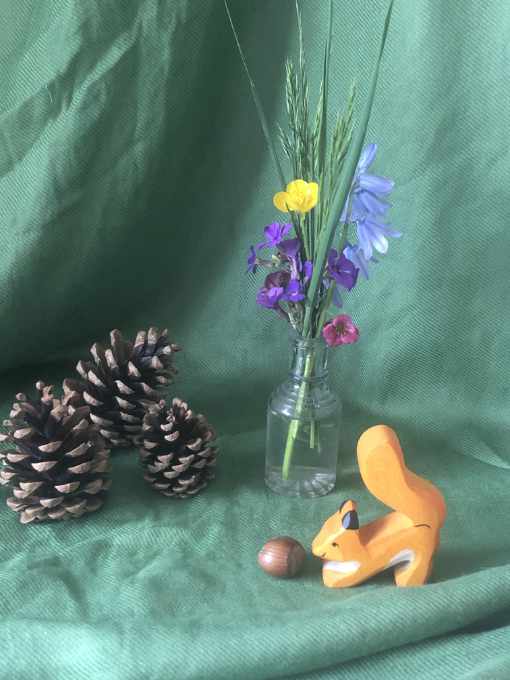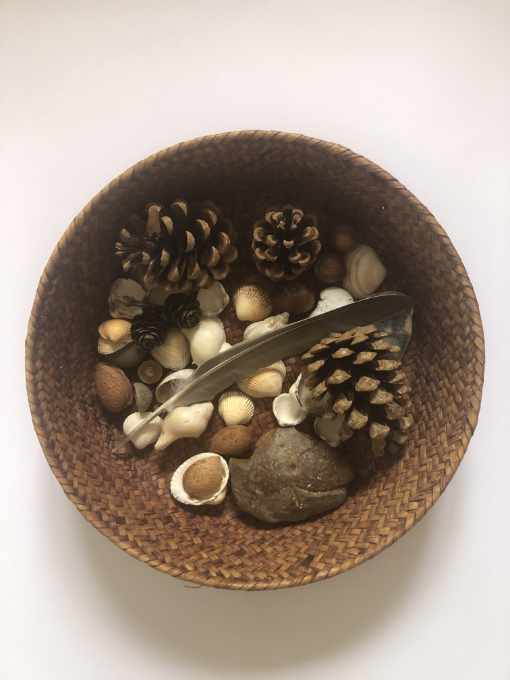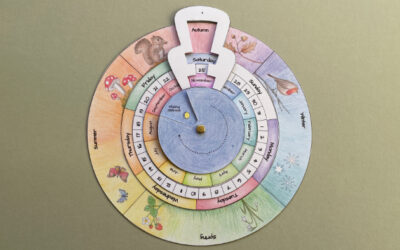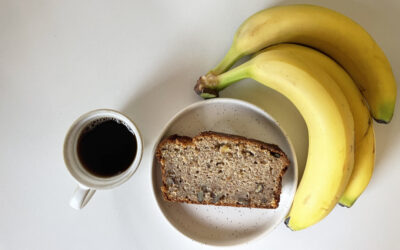My daughter goes to a mainstream primary school because there isn’t a Waldorf school near enough to where we live. A Waldorf education can also be rather expensive, so if like me, you find yourself in a position where you would like to give your child a Waldorf upbringing, but can’t send her to a Waldorf school, there are still plenty of things you can do at home to instil in them the Waldorf magic.
Five easy things you can do to live a Waldorf life at home
1. Rhythm and ritual
A lot of people in childcare talk about the importance of routine. Waldorf education places a lot of emphasis on rhythm and ritual. Our life has a natural rhythm through the seasons, months, weeks and days, and ritual comes into this through cultural traditions which are again often linked to seasons.
As opposed to routine, rhythm and ritual are more fluid. To me, the word routine implies regiment, whereas rhythm and ritual imply a sense of occasion and celebration as well as natural flow.
Certain parts of the day lend themselves to these rituals, like mealtimes and bedtime. I like to involve Emmy in meal preparation, setting the table and clearing up after eating, and we have a little song that goes with some of these rituals, for example “Blessings on the blossom” or “Polly put the kettle on” before meals, “This is the way we wash our hands/tidy up/brush our teeth…”. You can have an online search and find the songs you like to accompany your own rituals!

2. Nature
Outdoor time and nature are very important. If you have a garden, go out every day and involve your child in gardening. Depending on the season and location you are in, nature provides different gifts. We often bring home leaves, flowers, seeds, shells, pebbles, pine cones etc. We put these in our nature basket for Emmy to play with. If you have space, you can set up a nature table that you can decorate according to the season. Use plain coloured natural fabrics as a backdrop (blue for Winter, green for Spring, yellow for Summer and red for Autumn), add a vase with flowers, grasses or twigs, tree bark, driftwood, carved wooden animals or gnomes – there are no limits to how creative you can be with this, and it’s great fun to collect things and create a nature scene with your children!
3. Toys
I am a great advocate of few and simple toys. The simpler the toy, the greater the child’s imagination. Think of pots and pans in the kitchen cupboards – what child hasn’t had loads of fun playing with those? And how many times have you observed a child showing more interest in the packaging of a toy than the toy itself? Children don’t need child sized items that pretend to be real, such as dolls that cry, speak or wet themselves, or cars that go and beep.
Children may be excited by toys with buttons, but if all a toy requires a child to do is to press a button, the opportunity it gives the child to explore and learn is quite limited.

In the 1990s, a study was conducted in Germany whereby all toys were removed from a nursery for three months. Although initially bewildered by the change, the children ended up playing with each other more, and used chairs and blankets to create their own playspace. This just shows that children are naturally inclined to ‘play’, to be active in their environment, to learn with any objects available to them, and to interact with each other. The playthings we give them with the intention of helping them to play may actually distract them from doing just that.
4. Creativity
When it comes to arts and crafts, as with toys, I like to keep it simple and neutral. Colouring-in books limit children’s creative freedom, and I feel that a blank piece of paper and some primary watercolours or beeswax crayons are best.
For a play dough alternative, there is an amazing modelling wax which is made of beeswax – it smells wonderful and feels very natural. You can also make a soft play dough out of flour and coconut oil.
5. Online Waldorf community
If there isn’t a Waldorf or similar community near you, there are a lot of resources and Waldorf focused communities you can get involved with online. Look out for Facebook Groups, accounts to follow on Instagram and also podcasts.







Lovely website Julia.